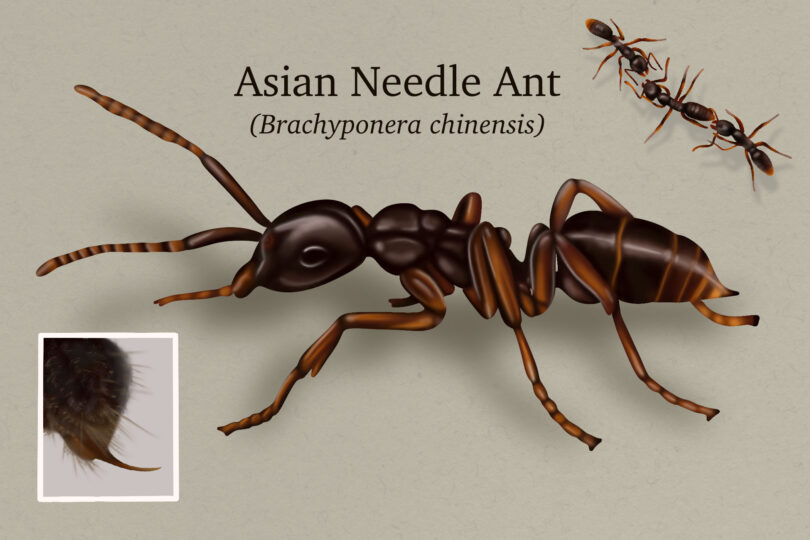Head lice affect more than 12 million people a year. Most are children, parents or school staff. To help cut down on their numbers, University of Georgia entomologists are working to educate school systems on the best way to control the head-scratching pests.
Paul Guillebeau cringes when he hears stories of school personnel spraying pesticides in classrooms and on buses to control head lice.
"If your child's school does this, ask them to stop immediately," said Guillebeau, a UGA Cooperative Extension entomologist. "These applications don't help control head lice populations. They just expose the children and staff to needless pesticide risks."
The University of Georgia, National Pest Control Association, National Pediculosis Association and the Georgia Pest Control Association all support this recommendation for schools.
Lice can't jump
Head lice are transmitted by direct head to head contact with an infested person or by sharing hats, scarves, headphones, combs and other hair accessories. They can't hop, jump or fly. But they can crawl fast.
"Teachers and other school personnel should discourage children from sharing these items," Guillebeau said. "And each child's hat and coat should be stored separately."
Children should also be told not to share combs, brushes and hair accessories, too.
If school bus drivers are concerned over head lice, he said they can wipe the bus seats with a damp cloth. Teachers and school custodians can wipe smooth surfaces with a damp cloth and vacuum furniture and carpets if they're concerned about head lice.
Watch and respond
School personnel should look for signs of head lice which include frequent head scratching and redness behind ears or on the back of the neck. Early detection of head lice in a classroom is critical to control outbreaks.
When Deborah Harris worked as a paraprofessional at Locust Grove Elementary School her job included wiping skinned knees, blowing stuffy noses and taping head lice on post-it-notes.
“If I found a head louse, I had to tape it to a note and send it home to the parent,” she said. “And the child wasn’t allowed to return to school until he had been treated.”
Many schools have a no-nit policy. Nits are grayish-white to brown eggs the female head louse lays on hair shafts.
Guillebeau said schools should designate someone, like the school nurse, to check all students when an outbreak occurs. The designated monitor must be trained to identify head lice and nits.
A Harvard University study revealed that dandruff, fibers, dirt, scabs, skin cells, knotted hair or other insects are misdiagnosed as head lice 40 percent of the time.






